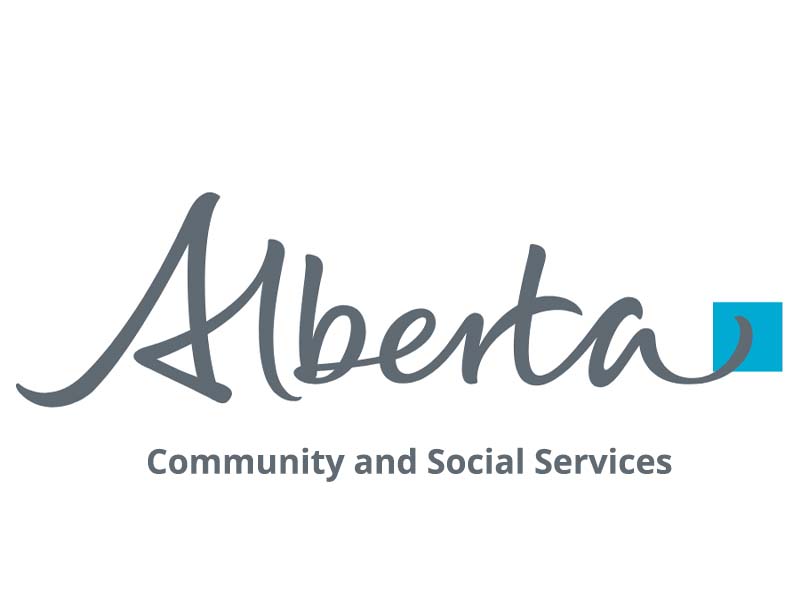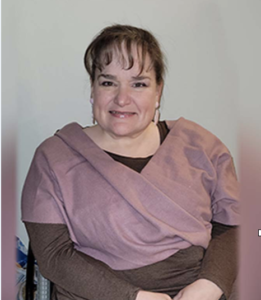Three tips to becoming a better investor this fall
James MacTavish
Senior Advisor, Investor & Industry Education
Alberta Securities Commission
Suite 600, 250-5th Street SW, Calgary, AB, T2P 0R4
Phone: 403.297.4072
Fax: 403.297.6156
Email: James.MacTavish@asc.ca
October marks Investor Education Month, a time when Canadians are reminded to strengthen their investment literacy. Whether you are a new or experienced investor, refreshing yourself with our top tips and the fundamentals of wise investing can help you avoid poor performance, common mistakes and fraud.
1) Consider where you are getting your investing advice
Investors today are inundated with news, speculation and excitement across traditional, social and digital channels on what to invest in or how to invest. Before putting your money into any recommended investment or changing your current investing approach, consider the qualifications and knowledge of those providing the recommendations.
One of the greatest things you can do as an investor is to stay focused on your investing plan. Use diligent research into the fundamentals of the company you are planning to invest in, including its profitability, debt obligations and return on equity. Understanding the fundamentals and relying on information from qualified experts using publicly available data can help you make a more informed decision and avoid fraud.
2) Pay yourself first
Investing consistently over time, regardless of whether the share price of an investment is up or down, is one of the best ways to reduce your average cost per share over time. Avoid the costly mistake of trying to time the market or not investing at all.
Automating your contributions to your investment accounts is an easy way to remove the decision of when to invest and turn investing into an ongoing and sustainable habit. Some trading platforms may even allow you to set rules for automatically purchasing investments once your contributions reach your accounts.
3) Reinvest your dividends
Some single stocks and investment funds offer dividends to their shareholders. Dividends are a share of a company’s profits paid to shareholders either monthly, quarterly or annually based on the number of shares they hold.
Investors wanting to maximize the compounding effect of their investments can apply for a dividend reinvestment plan (DRIP) with the financial institution, firm or trading platform they use, for any dividend-producing investments in their portfolio. With a DRIP in place, any dividends received from an investment equal to or greater than the investment’s share price will automatically purchase more shares for you at no extra cost. This reduces the cost of placing trades and further compounds your investment earnings over time.
Improving your investment knowledge on an ongoing basis can play a significant part in helping you reach your financial goals and avoid fraudulent investment scams. If you would like to learn more about investing and how to recognize, avoid and report investment scams, visit CheckFirst.ca.
 Become a Member
Become a Member login
login






























